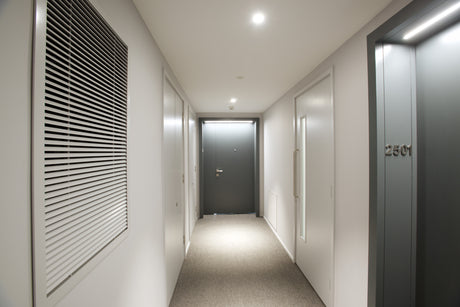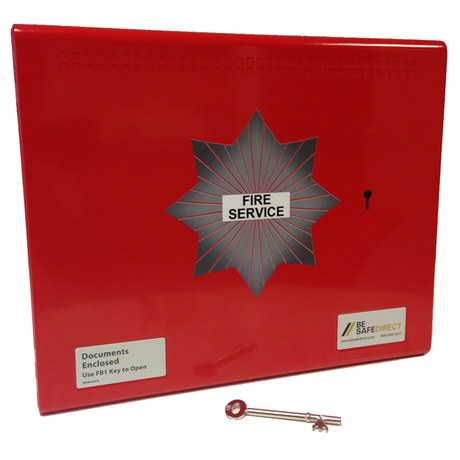We've discussed the benefits of natural and mechanical smoke ventilation systems (MSVS) in residential and commercial developments in previous blogs, however, we have yet to focus on the importance of car park ventilation systems.
Similar to a residential or commercial building, there are many elements of a car park's design that must be taken into consideration when deciding on the most appropriate smoke ventilation systems. Not only can it impact the safety of its users, but it's also invaluable for their day-to-day health.
While standard ventilation systems used in residential and commercial spaces only operate in the event of a fire, car park ventilation systems are required to work day-to-day. In order to maintain a suitable overall air quality, the systems exhaust pollutants, gases and fumed produced by vehicles.
From open-sided car parks to enclosed- such as basement car parks the type of ventilation system required can vary, depending on a building's design.
A Natural Ventilation System
The simplest, most cost effective method of ventilating a car park is the inclusion of a natural ventilation system. While this system can be easily included in an above ground car park, a space situated below ground can often prove more difficult to ventilate.
Approved Document Part B (ADB) and Part F (ADF) of the fire safety regulations allow for natural ventilation in basement car parks providing the level of ventilation is adequate for the size of car park, with the minimum requirement for ADB to be no less than 1/40th of the floor area.
While a natural ventilation system may control the levels of carbon monoxide (CO) in a car park, produced by vehicles, there are other systems that are more effective.
A Hybrid System
A Hybrid system, which is based on impulse/induction fans, can be used for the CO clearance under ADF for day-to-day ventilation requirements.
Similarly, an enhanced Hybrid System, also based on impulse/induction fans, can be used under ADF for CO clearance in day-to-day use, as well as operating in a fire scenario.
A Mechanical Smoke Ventilation System
The most effective form of CO clearance is a mechanical smoke ventilation system (MSVS), thanks to its increased efficiency. This improved efficiency also makes it the most expensive option.
Through the use of CO detectors , a MSVS automatically identifies when CO levels rise above the maximum allowance of 30 parts per million (ppm) over an eight-hour period. Once levels of 30ppm or above are detected, the ventilation system's extraction fans automatically activate, returning air quality to acceptable levels.
The speed of these fans depends on the levels of CO detected. Between 30ppm to 49ppm, air will move throughout the car park at an exchange rate of three air changes per hour. Over 50ppm the exchange rate will increase to six air changes per hour, and the induction fans used to draw in the pollutants or smoke towards extract points will begin to operate at a low speed.
Car park ventilation systems in the event of a fire
As well as the system's requirement to maintain safe levels of air pollutants, a car park ventilation system also rapidly removes smoke in the event of a fire.
Required to be designed in accordance with BS 7346-7, the system ensures there's a means of escape from the car park, as well as assisting fire fighters to clear smoke during and after a fire, and to provide relatively smoke-free access for fire-fighters to a point close to the seat of a fire.
In order to comply with Building Regulations, smoke clearance systems must extract a minimum of ten air changes per hour. This is done by increasing the speed of the induction fans as well as the main extract fans.
As stated under Approved Document part B: Fire Safety of the Building Regulations, the extract point in a basement car park is required to be split in two, so that 50 per cent of the outlets are at high level, and 50 per cent at low level to maximise smoke clearance. The fans are also required to run at 300 degrees Celsius, with a minimum melting point of 800 degrees Celsius.
A car park ventilation system's requirement to maintain a safe level of air quality during day-to-day use, as well as rapidly removing smoke in the event of a fire, makes it an essential part of any car park's designs. For technical advice or a free quote, email 01322 388830 or email support@inbuilduk.com.






















